Routine Maintenance and Inspection
Periodic visual inspection
Valve body and connections: Check the surface of the valve body for cracks, corrosion or signs of leakage every month, focusing on monitoring the sealing of flanges and bonnet bolts.
Valve stem and stuffing box: Observe whether the valve stem is bent or not, and whether the stuffing gland is loose (micro-adjustment is allowed to avoid over-compression).
Handwheel/actuator: Check the flexibility of the operating parts for any abnormal resistance or jamming.
Lubrication management
Valve stem and threads: Use high temperature lithium grease (in accordance with API 600) to lubricate valve stem threads every 3 months to prevent galling.
Gearbox/transmission mechanism: Replace lubricant and clean up old grease at regular intervals according to manufacturer’s manual.
Grease Filler Valve (if equipped): Replenish sealing grease through grease filler nozzle to maintain seat sealing.
Cleaning and corrosion protection
Remove oil and rust from valve surfaces during shutdown and clean with non-corrosive solvents.
Valves exposed to the environment should be coated with antirust coating to avoid salt spray and chemical erosion.
The operation specification and precautions
Opening and closing operation
Slowly rotate the handwheel during manual operation, and prohibit adding force with the help of lever to prevent the stem torque from exceeding the standard.
Rotate the handwheel back 1/4 turn after full opening/closing to avoid internal stress due to thermal expansion.
Pressure and Temperature Monitoring
Ensure that the working pressure does not exceed the rated Class rating of the valve (e.g. Class 1500).
High temperature conditions (>200°C) require monitoring of the stuffing box temperature to prevent failure of the sealing material.
Long-term out-of-service valve maintenance
Internal drying treatment
Empty the valve cavity medium, use dry nitrogen purge to prevent residual liquid corrosion.
Seal protection
Put the gate in half-open position to avoid long-term pressure and deformation of the valve seat.
Apply antirust grease to the flange surface and cover the protective cover.
Storage environment
Indoor storage should be kept ventilated and dry, relative humidity <60%; outdoor storage should be wrapped with waterproof cloth to avoid direct sunshine and rain.
Common Troubleshooting Recommendations
| Fault Phenomenon |
Possible causes |
emergency measure |
| valve leakage |
Loose bolts/deteriorated gaskets |
Tighten bolts in diagonal order and replace graphite-wound gaskets |
| Valve Leakage |
Damage to the valve seat or deformation of the gate |
Grind the valve seat or contact a professional for repair |
| Stem operation jamming |
Insufficient lubrication or intrusion of impurities |
Clean and relubricate stem, check packing compression |

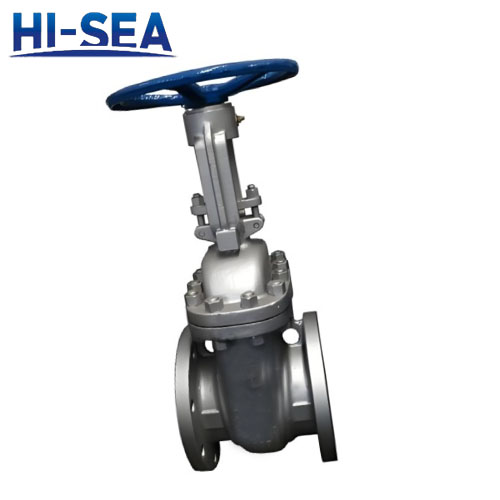

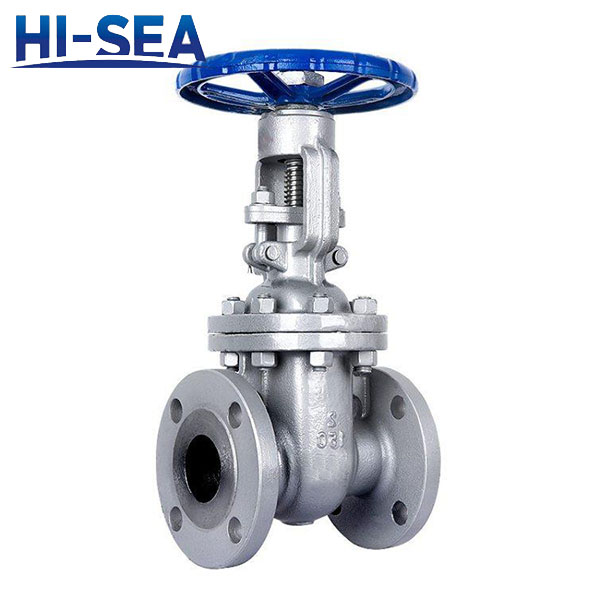
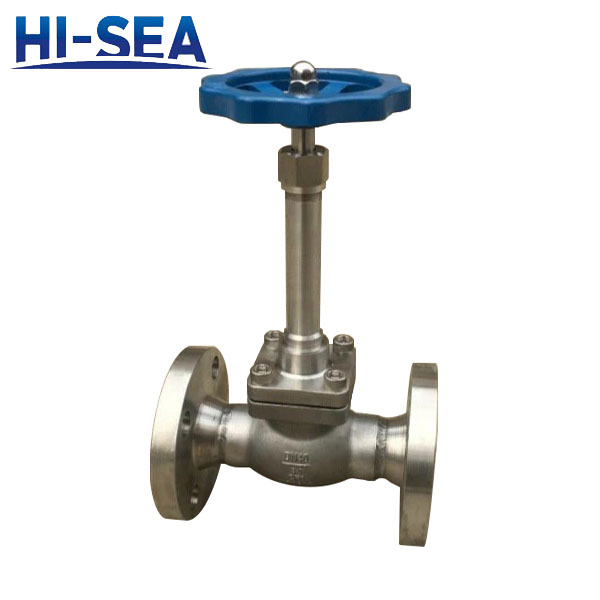
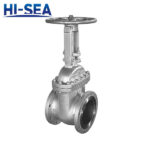 API 598-The Process of Shell Test
API 598-The Process of Shell Test API 598-Valve Test Standard and Test Time
API 598-Valve Test Standard and Test Time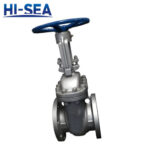 API 600 Valve Care and Maintenance Guide
API 600 Valve Care and Maintenance Guide